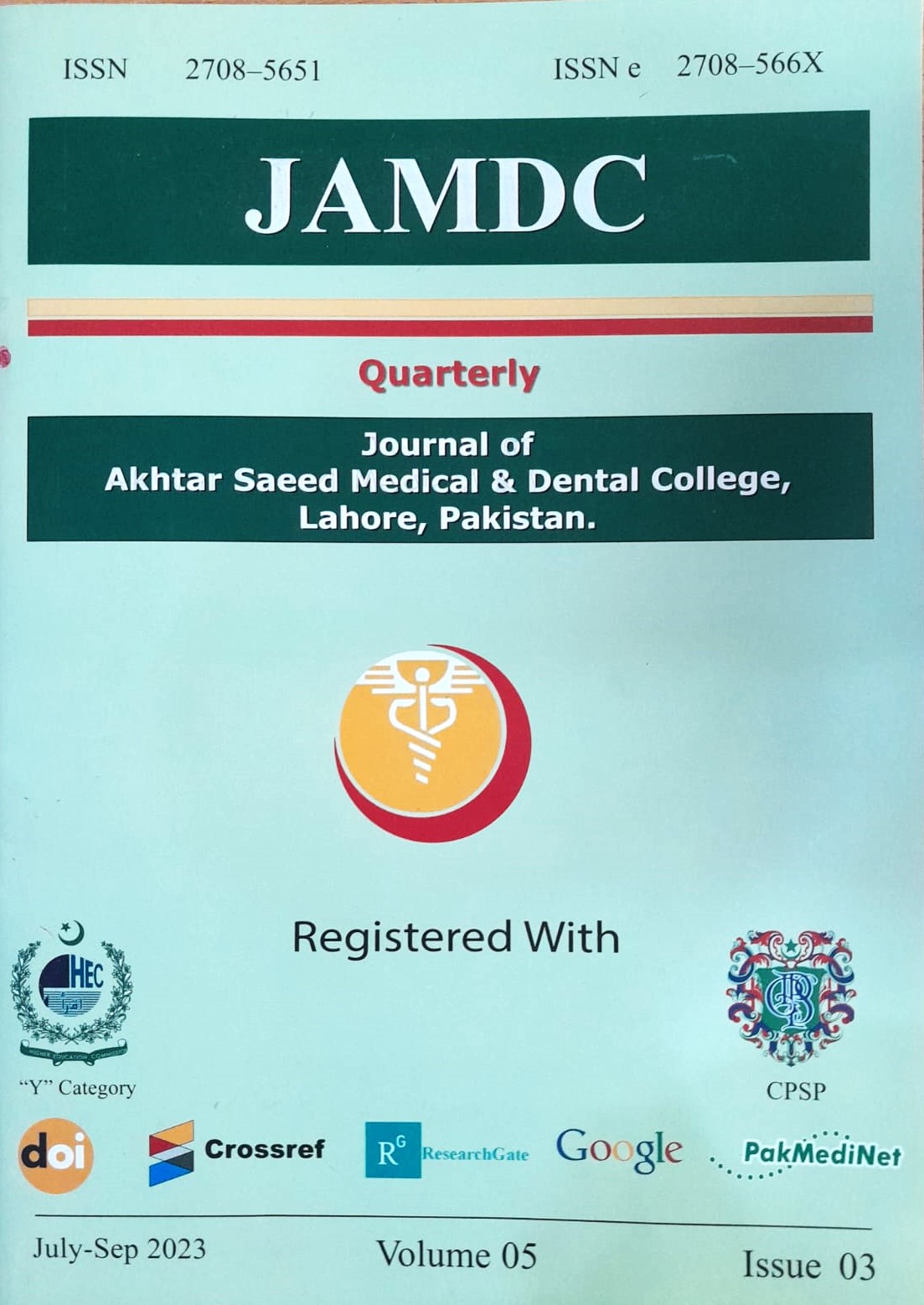PATIENT ACCEPTABILITY AND SATISFACTION FOR TELEMEDICINE IN COVID-19
Main Article Content
Abstract
Background:
The emergence of COVID-19 back in 2020 quickly caused a global crisis unparalleled in modern history which made humanity spring into action with the will to fight back, with social distancing being one of the biggest weapons. This measure, then, breathed a new life back into telemedicine, with the idea in mind that a computer virus is the only infection that telemedicine can transmit. While there has been much research on telemedicine in pre-COVID times, we saw only a limited amount of research set during the pandemic when, particularly, its use skyrocketed, which puts much emphasis on the need for our research.
Material and Methods:
It was a descriptive cross-sectional study with a total sample size was 224, non-probability convenient sampling technique was used. Data was collected over six months, from the Telemedicine clinic of the University of Peshawar using questionnaires named TUQ (Telehealth Usability Questionnaire) and TSQ (Telehealth Satisfaction Questionnaire), analyzed using SPSS version 22 for Windows and presented in the form of a histogram, pie charts, bar charts and frequency tables.
Results:
The data revealed that a large number of patients, 157 out of 224, which is 70% were well satisfied upon using the services. The results of acceptability were no different, as 90.2% of participants, 202 out of 224, agreed to the system being usable and acceptable, partly or strongly.
Conclusion:
This was a very strong result that suggested telemedicine potentially being the future. But our research targeted mostly literate people while the literacy rate in Pakistan is 62.3%. Furthermore, telemedicine is found to be great for stable OPD patients only but not for critical patients like those in the ICU.

